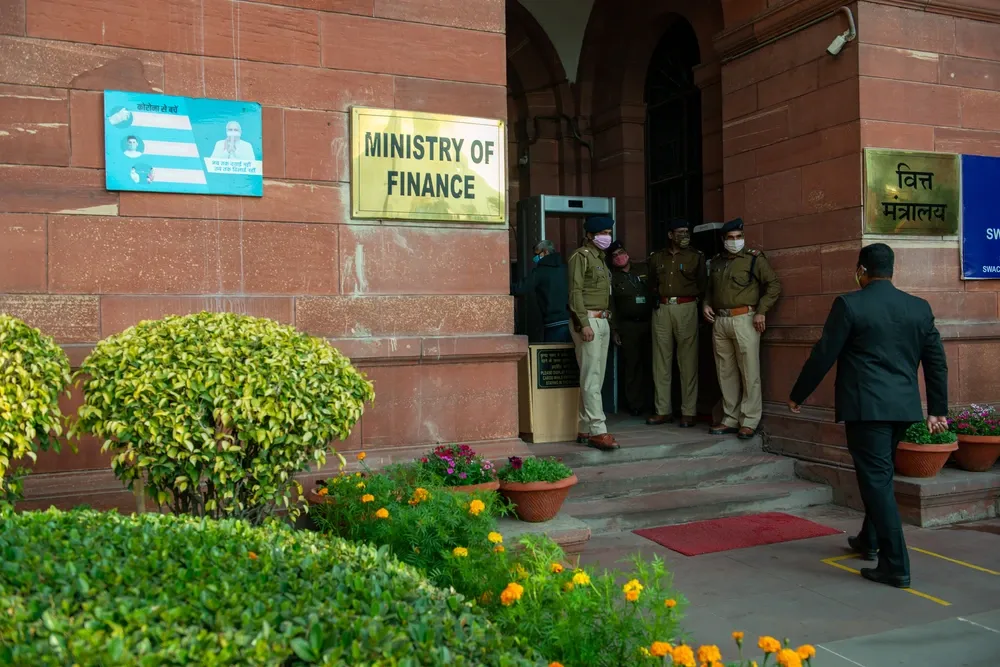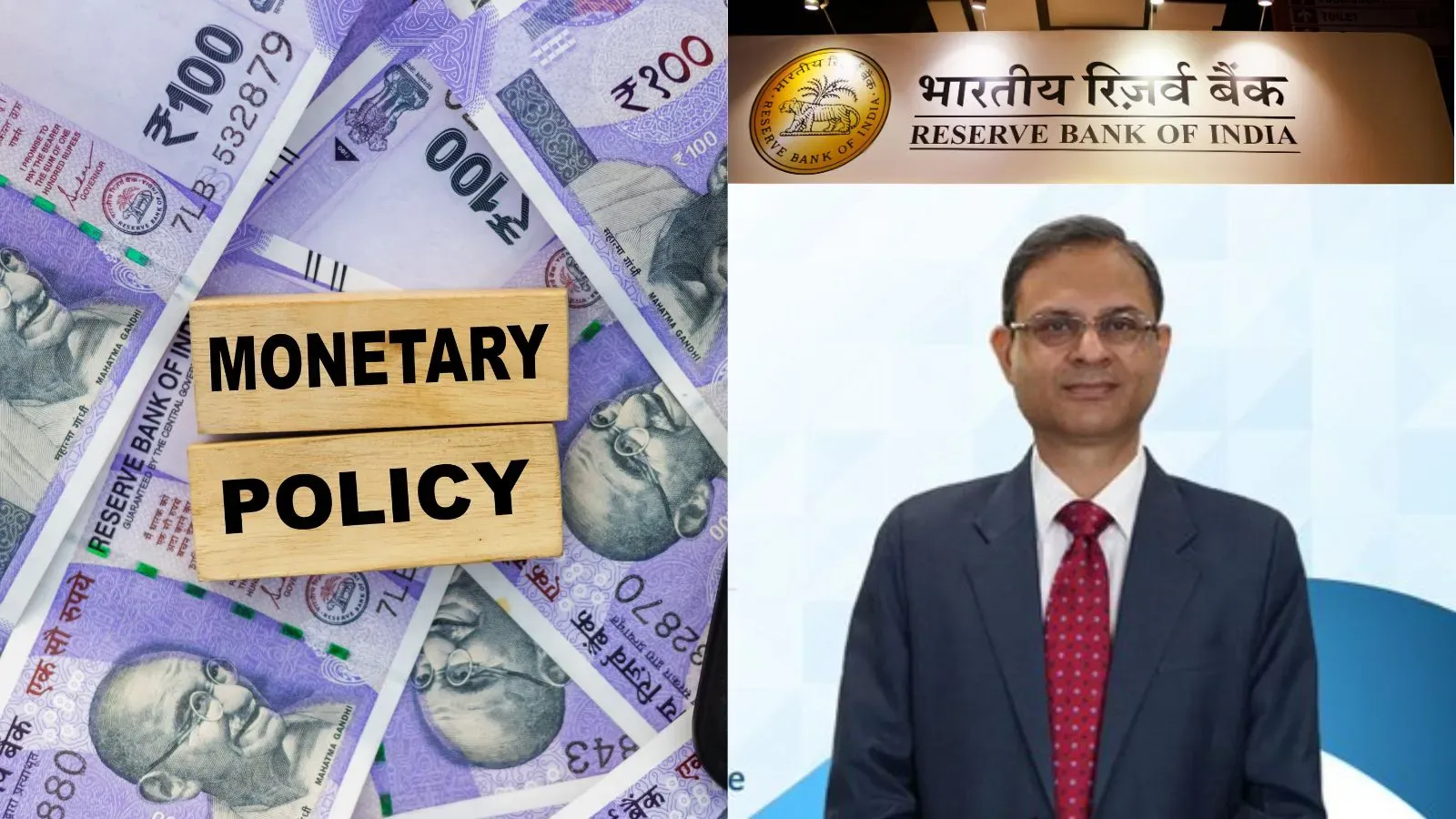Business News
Economic Survey 2024-25: Twenty key points mentioned in the document you need to look at

5 min read | Updated on January 31, 2025, 15:03 IST
SUMMARY
As per the first advance estimates released by MoSPI, the real gross domestic product (GDP) growth for FY25 is estimated to be 6.4%

The government has laid a special focus on infrastructure in the last five years.
India’s GDP at constant (2011-12) prices grew by 6.7% and 5.4% in Q1 and Q2 FY25, respectively. This implied a real GDP growth of 6% in the first half of the current fiscal.
“There are many upsides to domestic investment, output growth and disinflation in FY26. There are equally strong, prominently extraneous, downsides too. Nonetheless, the fundamentals of the domestic economy remain robust, with a strong external account, calibrated fiscal consolidation and stable private consumption,” the government said in its economic survey.
Here are some key highlights from the survey:
-
As per the first advance estimates released by the National Statistical Office, Ministry of Statistics & Programme Implementation (MoSPI), the real gross domestic product (GDP) growth for FY25 is estimated to be 6.4%.
-
Growth in the services sector is expected to remain robust at 7.2%, driven by healthy activity in financial, real estate, professional services, public administration, defence, and other services.
-
The agriculture sector remains strong, consistently operating well above trend levels. The industrial sector has also found its footing above the pre-pandemic trajectory.
-
Construction has been a standout, gaining momentum since mid-FY21 and soaring approximately 15% above its pre-pandemic trend—an impressive feat driven by robust infrastructure development and housing demand.
-
The recovery within the services sector has been uneven. Financial, real estate and professional services have taken the lead, surpassing pre-pandemic trend levels by the end of FY23. Public administration, defence, and other services followed suit, exceeding the trend for the first time in Q1 of FY25 since the onset of the pandemic. However, trade, hotels, transport, and communication services are gradually catching up with the pre-pandemic trend.
-
Agriculture growth remained steady in H1 FY25, with Q2 recording a growth rate of 3.5%, marking an improvement over the previous four quarters. Healthy Kharif production, above-normal monsoons, and an adequate reservoir level supported agricultural growth.
-
The industrial sector grew by 6% in H1 FY25. Q1 saw a strong growth of 8.3%, but growth moderated in Q2 due to three key factors. First, manufacturing exports slowed significantly on weak demands from destination countries, and aggressive trade and industrial policies. Second, the above average monsoon had mixed effects and third, the variation in the timing of festivities led to a modest growth slowdown in Q2 FY25.
-
The government has laid a special focus on infrastructure in the last five years. Reflecting this intent, the capital expenditure by the union government on major infrastructure sectors has been increased at a trend rate of 38.8% from FY20 to FY24.
-
During FY25 so far, the progress in the expansion of the railway network stayed at levels comparable to the previous year, while the addition of rolling stock increased considerably. Between April and October 2024, 17 new pairs of Vande Bharat trains were introduced to the network.
-
The rollout of 5G services, along with the introduction of new policies aimed at enhancing telecommunications infrastructure and user experience, has played a crucial role in digital connectivity. By October 31, 2024, 5G services were launched in all states and union territories. Over 4.6 lakh 5G Base Transceiver Stations (BTSs) have been installed nationwide.
-
Comfortable financing of the CAD by the capital account has ensured external sector stability. Within capital flows, gross foreign direct investment (FDI) inflows increased 17.9% year-on-year in April – November 2024. Gross FDI inflows during April – November in FY25 were higher than the levels witnessed in the corresponding period of any previous years except FY21.
-
The banking and financial sector remains stable and well-capitalised, and is catering to the financing needs of the economy. While credit disbursal by scheduled commercial banks (SCBs) is growing in double-digits, there has been a moderation in the growth in recent months.
-
Stability in the banking sector is underscored by declining asset impairments, robust capital buffers, and strong operational performance. As per the RBI’s Financial Stability Report (FSR), December 202437, the gross non-performing assets (NPAs) in the banking system have declined to a 12-year low of 2.6% of gross loans and advances.
-
Another area of concern within the banking system is the stress on unsecured credit, i.e., personal loans and credit cards. As of September 2024, 51.9% of the fresh addition to the stock of NPAs in the retail loan portfolio emanated from the slippages in the unsecured loan book.
-
India's labour market growth in recent years has been supported by post-pandemic recovery and increased formalisation. In Q2 FY25, the urban unemployment rate for people aged 15 years and above improved slightly to 6.4% compared to 6.6% in Q2 FY24.
-
The formal sector in India has seen significant growth, with net Employees’ Provident Fund Organisation (EPFO) subscriptions more than doubling from 61 lakh in FY19 to 131 lakh in FY24.
-
Technological developments over recent years have generated much discussion on the impact of Artificial Intelligence (AI) on India’s labour market. For India, a services-driven economy with a youthful and adaptable workforce, the adoption of AI offers the potential to support economic growth and improve labour market outcomes.
-
Food inflation is likely to soften in Q4 FY25 with the seasonal easing of vegetable prices and Kharif harvest arrivals. Good Rabi production is likely to contain food prices in the first half of FY26. Adverse weather events and rise in international agricultural commodity prices, however, pose risks to food inflation, the economic survey said.
-
Looking ahead, global policy changes could influence India’s external trade. The evolving trade stance of a few major economies could affect key Indian export sectors such as chemicals, machinery, textiles, and electronics.
-
In the short term, diversifying export markets is essential, while medium-term efforts should focus on increasing market share. Over the long term, India must position itself as a strategic partner in high-value sectors like biotechnology and semiconductors.
By signing up you agree to Upstox’s Terms & Conditions
About The Author
Next Story

